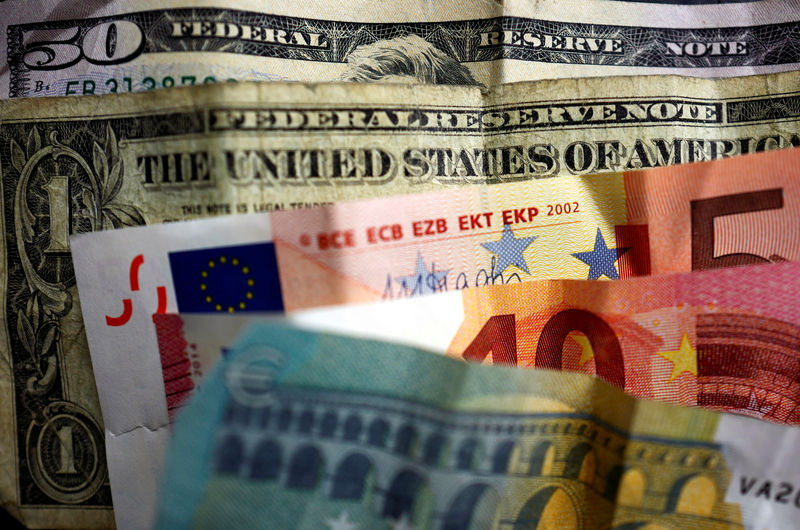- The Japanese Yen struggles to lure buyers amid uncertainty over future BoJ rate hikes.
- Hopes for a possible Hezbollah-Israel ceasefire further undermine the safe-haven JPY.
- Intervention fears cap USD/JPY amid subdued USD demand, ahead of FOMC minutes.
The Japanese Yen (JPY) attracted some intraday sellers on Tuesday and assisted the USD/JPY pair to stall its modest pullback from the highest level since August, which was touched the previous day. Data published on Tuesday showed that Japan’s real wages fell in August after two months of gains, while household spending also declined, raising doubts about the strength of private consumption and a sustained economic recovery. This comes on top of blunt comments on monetary policy by Japan’s new Prime Minister and fuels uncertainty over the Bank of Japan’s (BoJ) plans for additional rate hikes. This, along with news of a possible ceasefire between Lebanon’s Hezbollah and Israel, undermined the safe-haven JPY ahead of a snap election in Japan on October 27.
However, speculations that Japanese authorities will intervene in the FX market to support the domestic currency hold back the JPY bears from placing aggressive bets. Apart from this, subdued US Dollar (USD) demand fails to assist the USD/JPY pair to capitalize on the overnight bounce from the 147.35-147.30 region and contributes to the range-bound price action during the Asian session on Wednesday. Furthermore, investors prefer to wait on the sidelines ahead of the release of the September FOMC meeting minutes later today. This, along with the US Consumer Price Index (CPI) and the Producer Price Index (PPI), will play a key role in influencing the near-term USD price dynamics and help in determining the next leg of a directional move for the currency pair.
Daily Digest Market Movers: Japanese Yen bulls remain on the sidelines amid reduced bets for more BoJ rate hikes in 2024
- According to the government data released on Tuesday, real wages in Japan – the world’s fourth-largest economy – fell 0.6% and household spending declined by 1.9% in August from the same month a year earlier.
- This, along with comments from Japan’s Prime Minister Shigeru Ishiba, saying that the country is not in an environment for more rate increases, could derail the Bank of Japan’s rate-hike plans in the coming months.
- Israeli forces made new incursions in the south of Lebanon on Tuesday, raising the risk of a full-blown war in the Middle East, though the fears eased after Iran-backed Hezbollah left the door open for a negotiated ceasefire.
- Japan’s Finance Minister Katsunobu Kato said earlier this week that the government would monitor how rapid currency moves could potentially impact the economy and would take action if necessary.
- The Reuters Tankan monthly poll showed on Wednesday that Japanese manufacturers turned more confident about business conditions in October and the sentiment index rose from 4 in September to 7 this month.
- The survey, however, indicated that Japanese manufacturers remained wary about the pace of China’s economic recovery and the service sector’s mood eased, reflecting patchy economic conditions in Japan.
- The US Dollar extends its consolidative price move near a seven-week top amid diminishing odds for a more aggressive policy easing by the Federal Reserve and does little to influence the USD/JPY pair.
- Traders now look forward to the release of September FOMC meeting minutes for some impetus, ahead of the US Consumer Price Index and the Producer Price Index on Thursday and Friday, respectively.
Technical Outlook: USD/JPY seems poised to reclaim the 149.00 mark and prolong its recent appreciating move
From a technical perspective, the emergence of some dip-buying on Tuesday comes on the back of last week’s move beyond the 50-day Simple Moving Average (SMA) for the first time since mid-July and favors bullish traders. Moreover, spot prices now seem to have found acceptance above the 148.00 mark, or the 38.2% Fibonacci retracement level of the July-September downfall. This, along with the fact that oscillators on the daily chart have been gaining positive traction, suggests that the path of least resistance for the USD/JPY pair is to the upside. Any further move up, however, might confront some resistance near the 148.70 zone ahead of the 149.00 round figure. Some follow-through buying beyond the weekly top, around the 149.10-149.15 region, will reaffirm the positive outlook and allow the pair to reclaim the 150.00 psychological mark.
On the flip side, the overnight swing low, around the 147.35-147.30 region, now seems to protect the immediate downside ahead of the 147.00 mark. A convincing break below the latter could drag the USD/JPY pair to the 146.45 intermediate support en route to the 146.00-145.90 region and the 145.00 confluence support. The latter comprises the 50-day SMA and the 23.6% Fibo. level, which if broken decisively will suggest that the recent recovery from the vicinity of mid-139.00s, or a 14-month low has run its course and shift the near-term bias in favor of bearish traders.
Japanese Yen FAQs
The Japanese Yen (JPY) is one of the world’s most traded currencies. Its value is broadly determined by the performance of the Japanese economy, but more specifically by the Bank of Japan’s policy, the differential between Japanese and US bond yields, or risk sentiment among traders, among other factors.
One of the Bank of Japan’s mandates is currency control, so its moves are key for the Yen. The BoJ has directly intervened in currency markets sometimes, generally to lower the value of the Yen, although it refrains from doing it often due to political concerns of its main trading partners. The BoJ ultra-loose monetary policy between 2013 and 2024 caused the Yen to depreciate against its main currency peers due to an increasing policy divergence between the Bank of Japan and other main central banks. More recently, the gradually unwinding of this ultra-loose policy has given some support to the Yen.
Over the last decade, the BoJ’s stance of sticking to ultra-loose monetary policy has led to a widening policy divergence with other central banks, particularly with the US Federal Reserve. This supported a widening of the differential between the 10-year US and Japanese bonds, which favored the US Dollar against the Japanese Yen. The BoJ decision in 2024 to gradually abandon the ultra-loose policy, coupled with interest-rate cuts in other major central banks, is narrowing this differential.
The Japanese Yen is often seen as a safe-haven investment. This means that in times of market stress, investors are more likely to put their money in the Japanese currency due to its supposed reliability and stability. Turbulent times are likely to strengthen the Yen’s value against other currencies seen as more risky to invest in.













